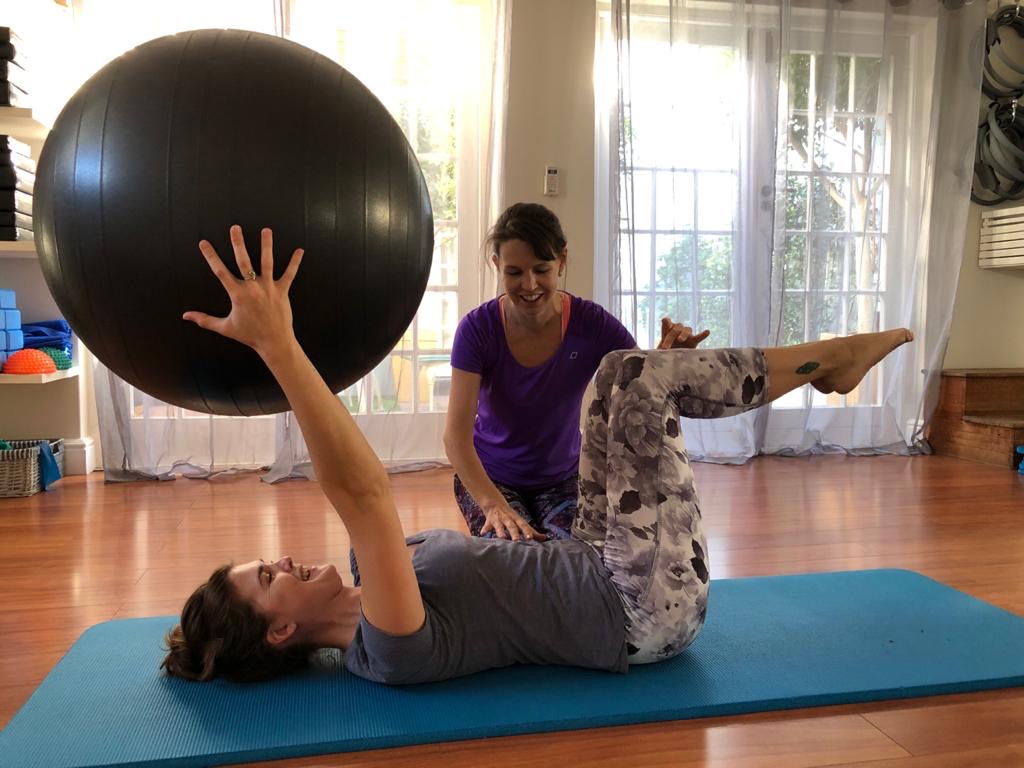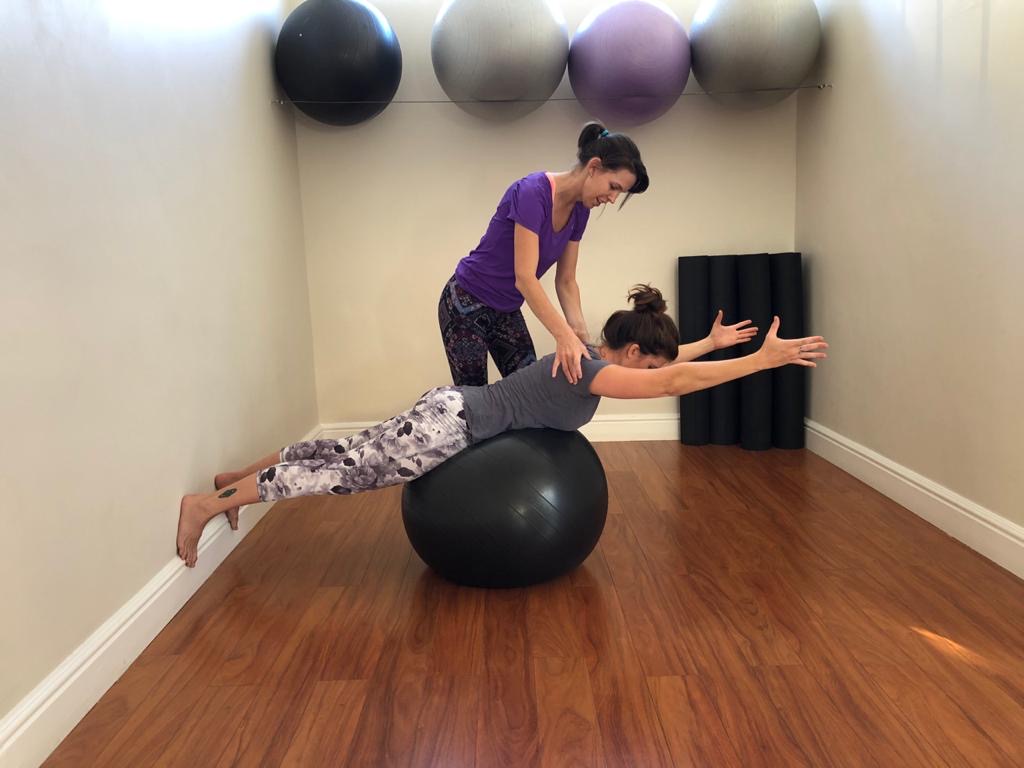
Most people who sustain an injury or experience muscle/joint pain will seek treatment in the hope of resolving their issue. Often they are not sure who to see, or when to seek treatment. In our first blog post, we aim to shed some light on when to seek treatment and with whom. We get asked a lot about what the difference is between Physiotherapists and Biokineticists (don’t worry there are a lot of medical people who don’t know the difference either), as well as the difference between Physiotherapists and Chiropractors. What is the difference between Physiotherapists and Massage Therapists? Do you know whether you need to see a GP before you can see a Physio? Keep reading if you want to know the answers….
Are there different kinds of Physio?
There are lots of different fields of Physiotherapy. Most people are only aware of Physios working in private practices or on the side of the sports fields. However, Physio is a very diverse field. The undergraduate training for Physio includes: Chest physiotherapy both for adults and children treating conditions such as bronchitis, pneumonia, intubated patients and post- cardiac surgery; Neurodevelopmental training for treating children and adults with disorders of the neural system such as stroke or Cerebral Palsy; Orthopaedics which is focused on the recovery of fractures or trauma to the bones and surrounding structures; Women’s Health Physio for pre and post-natal care; and Neuro-musculo-skeletal (NMS) which is what Physios are most commonly known for, this includes spinal pain and sports injuries. Physios are closely aligned with the other medical fraternities through this exposure to the medical training in their undergraduate level. Some Physios continue to work within a hospital or medical team setting once they are qualified. This is something that differentiates the Physios from the Chiros; the Chiros are not as closely aligned with the medical/in-hospital services. (It also has to do with the bureaucracy of governing bodies, Physios fall under the Health Professions Council of South Africa (HPCSA) while Chiros do not).
Even within the private practice setting in the NMS section of Physio you can have a spectrum of Physios. Many of the skills and training that set Physios apart happens after the undergraduate training. In SA there are two main schools of post graduate training in the orthopaedic/musculoskeletal field, the Sports course (SPT) and the Orthopaedic Manipulative Therapy (OMT). Both courses run the duration of a year and require the successful completion of examinations to receive a diploma. The training in these courses vastly improves a Physiotherapist’s ability to complete a thorough assessment and to undergo a clinical reasoning process to ensure an accurate diagnosis or an appropriate referral.
What is the difference between a Physio and Biokineticist?
Physios are recognised as having first line practitioner status which is defined by the HPCSA as the following: A first line status practitioner has the autonomy to make an independent diagnosis and treat such a condition, provided it falls within his/her scope of practice. It is therefore legally and ethically acceptable for a patient to approach a physio for treatment without the intervention of another health care practitioner. In simple terms this means that you do not require a referral letter to see a Physio and that Physios are able to refer you for basic diagnostic tests such as an X-ray and/or an Ultrasound. So if you have a sprained ankle, sore back, headache etc. you do not need to see your GP first, you can come straight to the Physio.
A Bio is not recognised as a first line practitioner. A Bios scope of practice is defined by the HPCSA as final stage rehabilitation through exercise prescription. In other words they use exercise, and only exercise to assist you in recovering from an injury and improving your wellbeing. It is therefore out of their scope of practice to perform any hands on techniques such as myofascial release, joint mobilisation/manipulation, massage or dry needling.
Here is a practical example of when you would see a Physio or a Bio: If you were post knee surgery the Orthopaedic surgeon should refer you to the Physio for some hands on treatment and basic exercises. These will be aimed at reducing pain and swelling, and increasing your mobility. If you are still on crutches the Physios will assist you with how to use them correctly. Very often you will see a Physio in the hospital prior to being discharged. As your range increases and your pain decreases the Physio will increase your exercises. If your Physio is trained in rehabilitation and has the correct facilities they can take you all the way to your end stage of rehab and return to sport. If not, this is when they would refer you to see a Bio.
What is difference between a Physio and a Chiropractor?
Physios and Chiros both share the honour of having first line practitioner status, in other words you do not need to be referred to make an appointment, and they are able to refer you for X-rays and musculoskeletal ultrasounds. A Chiropractor is a health care professional focused on the diagnosis and treatment of neuromuscular disorders, with an emphasis on treatment through manual adjustment and/or manipulation of the spine. They often have fairly short treatment sessions that may require repeat visits to maintain the ‘alignment/adjustment’. Physiotherapists are also able to manipulate the spine if they have completed a diploma in Orthopaedic Manipulative Therapy (OMT). So if you are only interested in spinal manipulation as a treatment technique and want to be ‘clicked’ into place, then traditionally the Chiro would be better suited to your needs. Traditionally Physios use more of a combination of joint mobilisation/manipulation, soft tissue mobilisation, dry needling and exercise in their treatment approach. An example of when to see a Physio vs a Chiro: If you have a sprained ankle you would be better off seeing a Physio with an interest in sport injuries/rehabilitation than a Chiro who specialises in spinal manipulation.
What is difference between a Physio and Massage therapist?
Massage is very useful for therapeutic or relaxation purposes. Massage therapy can take several different forms for example lymph drainage, sports massage, Thai massage- etc. Massage therapists are certified by their institute of learning, and are not in any way educated in diagnosis or rehabilitation. For example, if you have completed a race and you have general overall body stiffness then a massage would be beneficial. If you have completed a race and you have a pain in your knee or back then it might be worth seeing a Physio. The Physio will be able to assess your problem area, as well as the rest of your body, to be able to make an accurate diagnosis. The Physio can then use massage as well as other techniques such as taping/needling/joint mobilisations to treat the immediate problem but also to look at trying to prevent the problem from reoccurring.
Things to remember when seeking treatment
The approach of the healthcare practitioner is often determined by the level of skill and training of that practitioner, and their particular field of interest. As with any profession you get the good and the bad, so just make sure that you do your research or get a ‘word of mouth’ referral before seeing a new practitioner. Google reviews and social media are also great with helping to get a sense of the practice/practitioner.
When would you seek treatment?
Common sense should prevail, and usually the sooner rather than later rule should be applied. Even with acute injuries there may be limited hands on treatment in the first few days, however the advice that we can give you could make a big difference in setting up the scene for a positive and speedy healing experience, for example giving you crutches if indicated or referring you for the correct bracing etc. Being well informed and accurately assessed is key to long term recovery.
So why see us??
At Tamsin Hodgson Physiotherapy we believe that finding the source of the problem is extremely important in resolving the issue and restoring optimal function. Hence all of our therapists are either SPT or OMT trained- in other words we have extra training to help us make a more accurate diagnosis. Our first sessions are always 45 minutes to an hour long so that we have enough time to listen to our clients, make an accurate diagnosis and create an individualised treatment plan. We strongly believe in rehabilitation which is why all our Physios are further trained as Pilates instructors. Some are even dual trained as Pilates and Yoga instructors, and Pilates and Gyrokinesis instructors. We also offer a variety of classes run on site, by our Physios, to help clients stick to their ‘home’ programmes and achieve their goals. We love what we do and sharing our passion for our incredible bodies with our clients.




